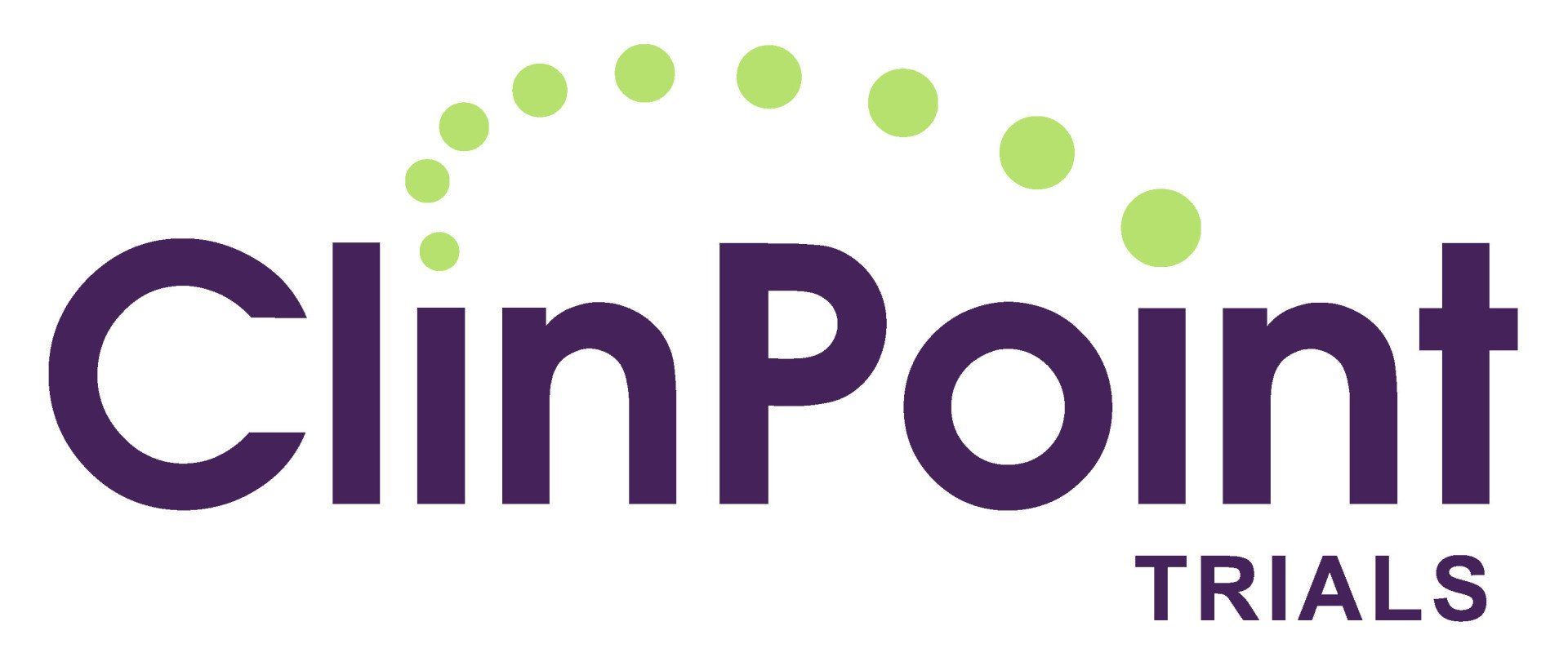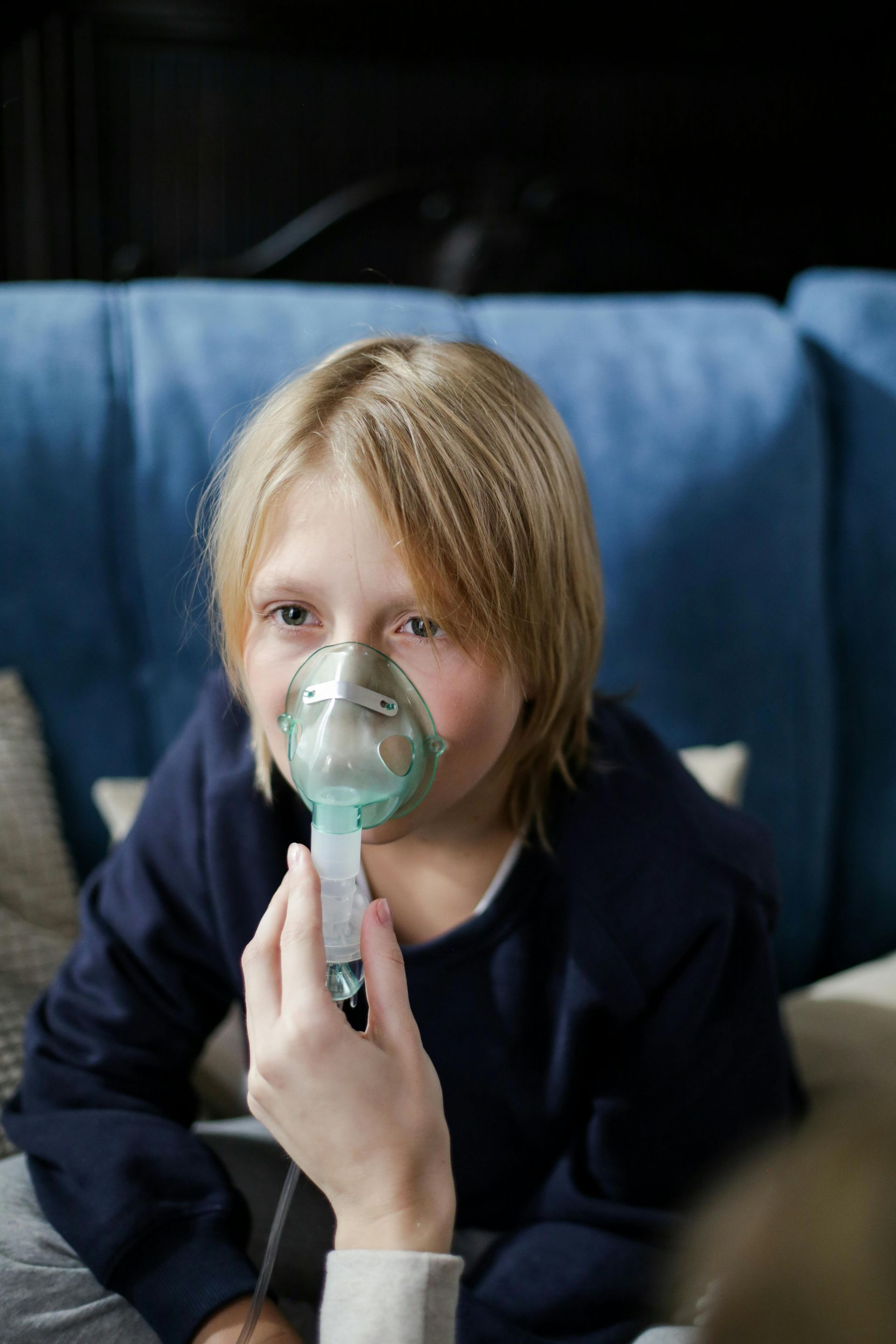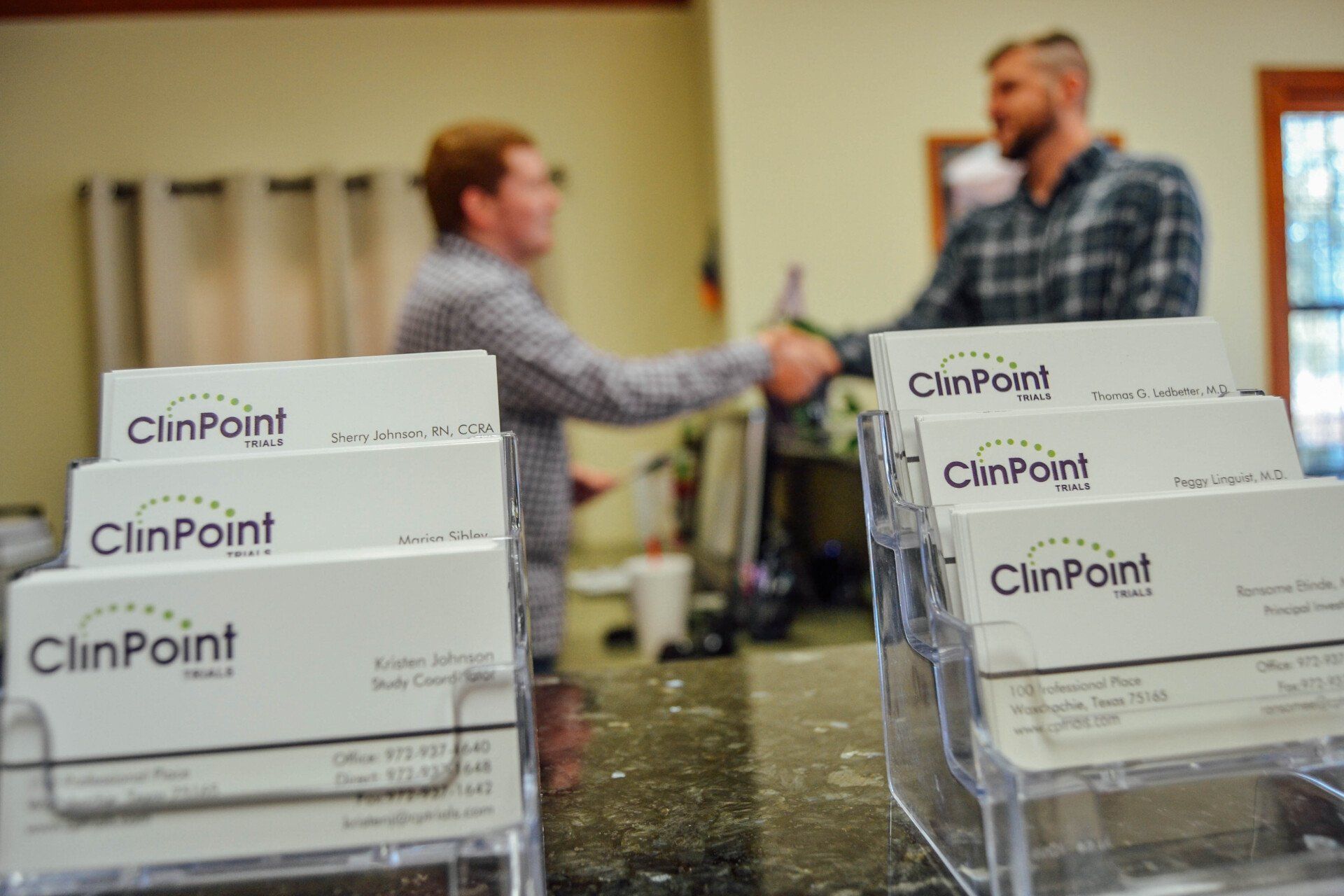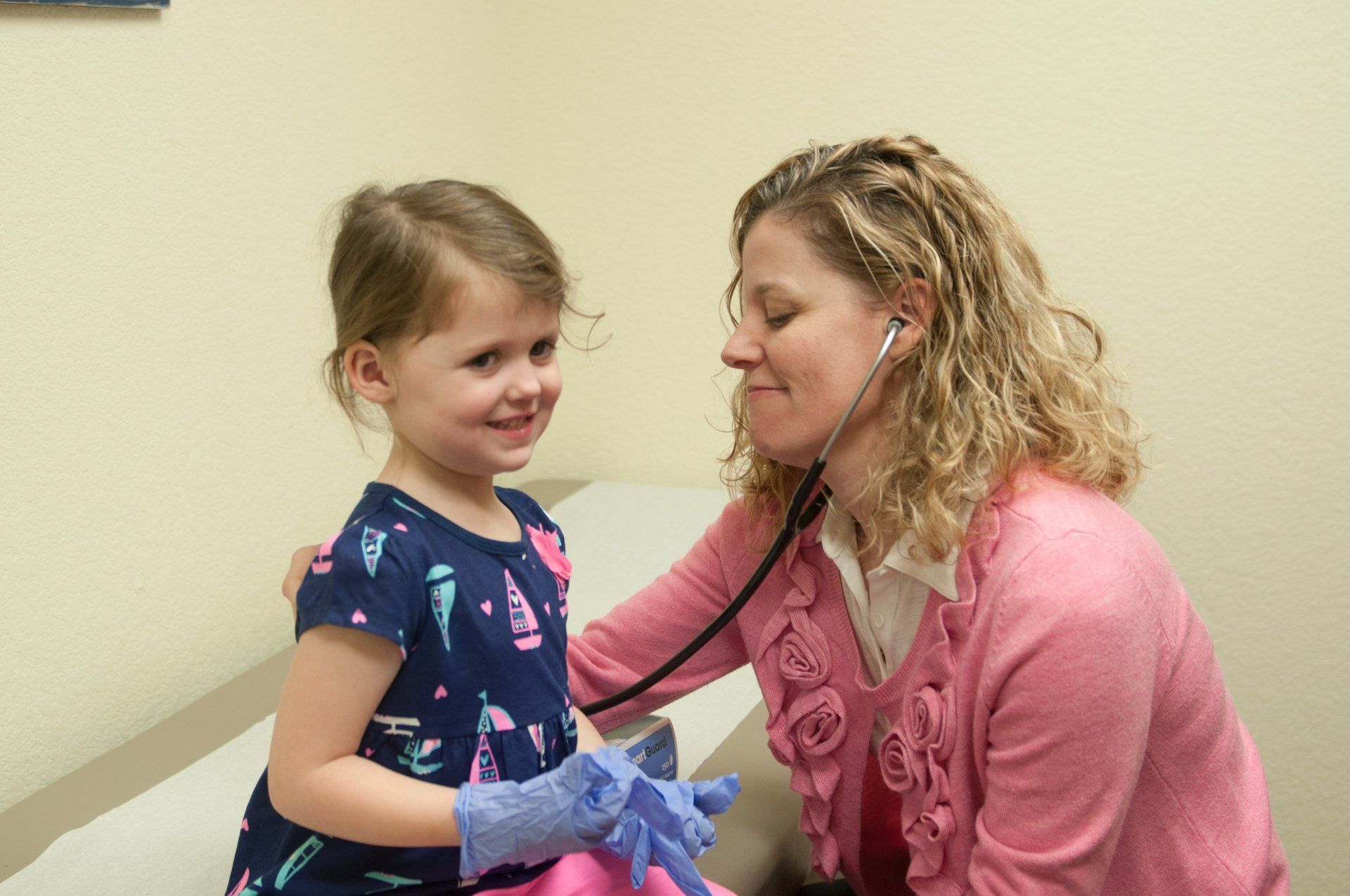FEATURED ARTICLES
Sunscreen... With a Little Bit of Science!

As most kids are out of school and families spend a greater time outdoors, protection from excessive sun exposure is more important. While appropriate sun exposure is beneficial for the body’s vitamin D activation and positive effects on mood, protection from the harmful effects of the sun’s rays become essential. Aside from a sunburn, excessive sun exposure can contribute to skin cancers, pigment darkening, and photoaging. Per the American Academy of Dermatology, 1 in 5 Americans will develop cancer of the skin during their lifetime with excessive sun exposure contributing greatly to that stat. And skin cancer is one of the most preventable types of cancers.
So what are some of the ways to not just beat the heat but beat the sun? Avoiding the peak time (10am to 4pm) when the sun’s rays are strongest is a great start but not always possible. Wearing clothes that are UV-ray protective is a good option when having to be out in the sun. Look for a label that includes UPF- ultraviolet protection factor. This signifies the material blocks out some of the UV rays ranging from good protection (UPF15-24), very good protection (25-39), to excellent protection (40-50)…the higher the UPF, the greater the protection😊.
Probably the most common way to beat the sun is using sunscreen- more importantly, using the right sunscreen the right way! Sunscreens help to protect us from sunburn reactions and are categorized by SPF- sun protection factor. So what do I need to think about when choosing a sunscreen? The American Academy of Dermatology recommends using a sunscreen with at least these 3 things on the label:
- Minimum SPF of 30
- Broad spectrum
- Water/sweat resistant.
Water/sweat resistant label implies the SPF is adequate for about 40-80 minutes of activity in wet conditions. But this protection time decreases as sunscreen is rubbed off as most water activities will do. The sunscreen must be applied liberally in the beginning (15-30 minutes before sun exposure) and each time to all sun-exposed areas of the skin (up to max of every 2 hours). And remember you can still get sunburnt on cloudy days even when you can’t see the sun. Up to 80% of the sun’s rays can travel through the clouds down to our skin on these days!
What about the younger kids? The American Academy of Pediatrics does not recommend sunscreen use for babies under 6 months of age. Focus on keeping them in the shade, covered in cool clothing (such as that UPF clothing we already talked about), and wearing a hat. And hats are a great idea for all ages- find one with at least a 3” brim all the way around to help protect the ears and neck from the UV rays. Consider using a FUN-colored sunscreen with children to make it less drab for a parent to apply sunscreen.
Don’t forget to accessorize while protecting your eyes with sunglasses that are marked with at least 99% UV protection. And remember that lighter-colored skin is more susceptible to sunburn than darker skin. If you have sensitive skin, look for a sunscreen with “titanium dioxide” or “zinc oxide.”














